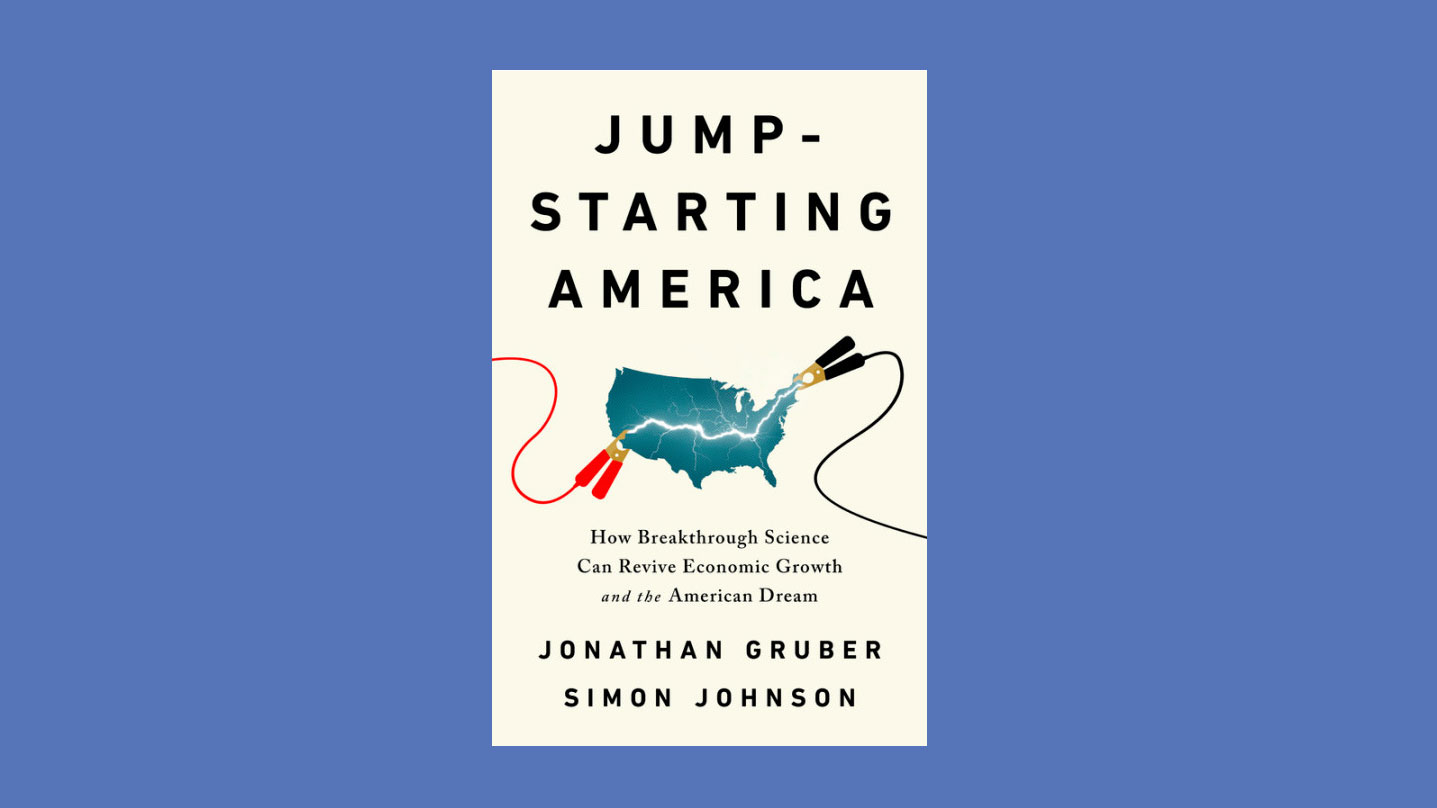Science research pays off

The Human Genome Project helped scientists make the first complete map of human genes. But the $3 billion, 15-year project was also a remarkably successful investment: in 2012, human genome sequencing accounted for an estimated 280,000 jobs, $19 billion in personal income, $3.9 billion in federal taxes, and $2.1 billion in state and local taxes, all for just $2 per year per US resident.
“It’s an incredible rate of return,” says Sloan economist Simon Johnson, PhD ’89.
It’s hardly the only science-based payoff out there. Every $10 million in public science funding granted to the National Institutes of Health produces 2.7 patents and an additional $30 million in value for the private-sector firms that own them; meanwhile, each dollar in publicly funded military R&D leads to another $2.50 to $5.90 in private-sector investment.
Once upon a time, the US steadily increased public investment in science. In 1938, the country allocated under one-tenth of 1% of its national income to science research. By 1944, the war had boosted that to 0.5%, and by 1964, 2% of GDP was invested in science research. But today, that figure has dropped to 0.7% of GDP, and overall growth rates have lagged compared with the first postwar decades.
In Jump-Starting America (PublicAffairs, 2019), Johnson and his MIT colleague Jonathan Gruber ’87 make the case that reviving public support of science and technology would be an excellent way to generate economic growth—and more high-quality jobs throughout the economy.
Recent books from the MIT community
The Architecture of Banking in Renaissance Italy: Constructing the Spaces of Money
By Lauren Jacobi, associate professor of architecture Cambridge University Press, 2019, $99.99
Strange Frequencies: The Extraordinary Story of the Technological Quest for the Supernatural
By Peter Bebergal, MIT technology licensing officer TarcherPerigee, 2018, $28
Ugliness and Judgment: On Architecture in the Public Eye
By Timothy Hyde, associate professor of architecture Princeton University Press, 2019, $35
Active Defense: China’s Military Strategy since 1949
By M. Taylor Fravel, professor of political science and member of the Security Studies Program Princeton University Press, 2019, $35
Gyorgy Kepes: Undreaming the Bauhaus
By John R. Blakinger MIT Press, 2019, $55
Alabamians in Blue: Freedmen, Unionists, and the Civil War in the Cotton State
By Christopher M. Rein ’92 Louisiana State University Press, 2019, $47.50
Send book news to MIT News MITNews@technologyreview.com or 1 Main Street, 13th Floor Cambridge, MA 02142
The payoffs from tech investment could also be geographically widespread, the authors contend. Lately, growth has occurred in “superstar” areas (think Silicon Valley, San Francisco, New York, Los Angeles, Boston, Seattle, and Washington, DC), leading to increased congestion and sky-high housing prices.
“The prosperity has been concentrated in some places where it’s become incredibly expensive to live and work,” Johnson says. But the authors believe many US cities have the right ingredients for tech growth: universities, a capable workforce, and residual industrial know-how. Places like Orlando, a center for computer modeling, are quietly there already. The authors list another 102 metro areas they think are ripe for investment and growth, starting with Pittsburgh, Rochester, and three Ohio cities: Cincinnati, Columbus, and Cleveland.
Johnson and Gruber note that private--sector R&D is vital as well, but not sufficient for a large-scale economic boost given the constraints of investor and shareholder demands. Entrepreneurs and venture capitalists readily acknowledge that “their incentives are to make money relatively quickly,” driving investor money disproportionately into software, Johnson says.
The authors also recommend an annual innovation dividend for taxpayers—like the one Alaskans receive on energy revenues.
“We wanted to put some ideas out there and really start a debate,” Johnson says.
Keep Reading
Most Popular
Large language models can do jaw-dropping things. But nobody knows exactly why.
And that's a problem. Figuring it out is one of the biggest scientific puzzles of our time and a crucial step towards controlling more powerful future models.
The problem with plug-in hybrids? Their drivers.
Plug-in hybrids are often sold as a transition to EVs, but new data from Europe shows we’re still underestimating the emissions they produce.
Google DeepMind’s new generative model makes Super Mario–like games from scratch
Genie learns how to control games by watching hours and hours of video. It could help train next-gen robots too.
How scientists traced a mysterious covid case back to six toilets
When wastewater surveillance turns into a hunt for a single infected individual, the ethics get tricky.
Stay connected
Get the latest updates from
MIT Technology Review
Discover special offers, top stories, upcoming events, and more.